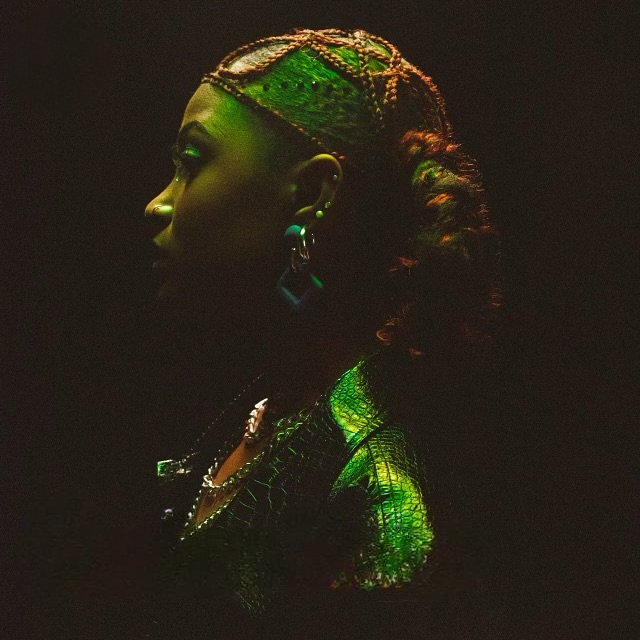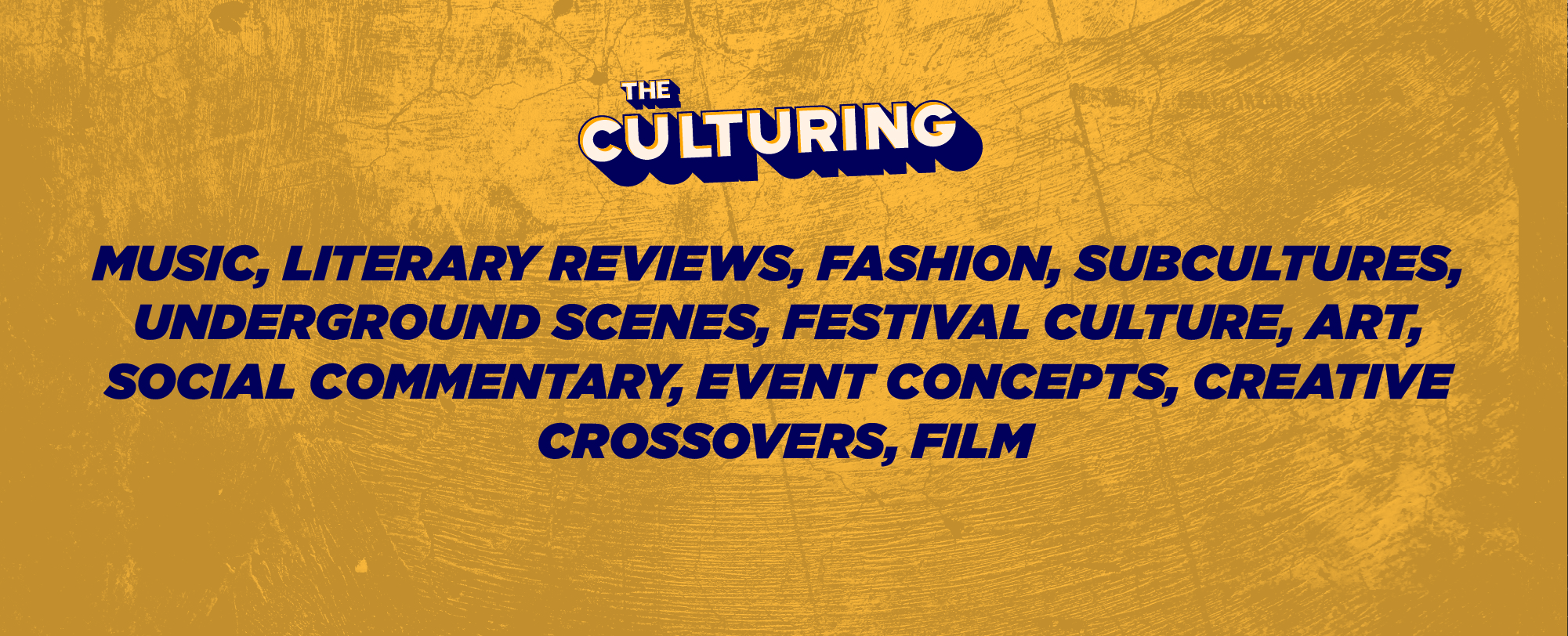
Phrases like, “This jam slaps” or “That tune’s a bop”, or whatever variation the kids opt for in their fast-morphing cultural thesaurus, are commonplace in the context of complementing the enjoyability of any piece of music. And for the most part, few if anyone have any doubt about what’s being communicated. Essentially, it’s more common than observations like, say, “What an important track!” I mean, hardly does any normal consumer remark that way about music. In fact if such a comment surfaces in a convo, it’s most likely to be from a cultural commentary outfit or from the rare case of a slightly more analytical fan.

That said, it’s not unheard of to attach this particular sentiment to certain artists & their work, whether naturally inspired by an artist’s craft or even seeded as a shrewd tactic by a label or cultural machine for commercial reasons. And yes, it may sound conspiratorial, but not every public sentiment about a particular kind of art naturally results from the raw opinions of a consumer base. Many a time, for the lack of a more plain way to put it, masses are herded into what they should think of the prevalent music of the day, by industry custodians. Not that it could never occur naturally. After all, there are artists who genuinely break new ground or lead a march in unexplored artistic realms, and organically earn the public’s perception of them being “important.”

These cases are often fortunate combinations of being in the right place at the right time, with the right spectrum of contextualized craft, a support system and at times ample cultural capital.
In any case, one might wonder if artists should strive to be perceived as “good” in terms of their output or “important” in terms of the ground they break & the vital precedents they set. But for one, the two aren’t mutually exclusive. Let’s quit the abstractions and work with some examples, specifically those within our scope: Take Kenyan-Uganda R&B artiste Xenia Manasseh. Her craft is as boppy as it is a recipe for artistic clones in her image. She’s good, but sure as heck also an important template.

On the other hand, you have a maverick like eccentric dance artist mwami, who intentionally risks a disconnect with the lowest denominator among fans, by desisting from dumbing down his craft or assuming more common sonic templates. There’s still a catchiness to his craft, but it’s layered. In him, you see someone more concerned with charting his own authentic path, and by so doing, opening up previously stifled experimental inclinations among artists who’d have erroneously sacrificed their mojo at the altar of perceived commercial continuity.

In terms of advantages, being “good”, in combination with other factors of course, gets you ears. Only problem is, the metric is ever-changing & tied to the times. On the other hand, being “important” earns you some kind of permanent grace from your base. For instance, if Manzi Fleur were to put out some slightly nerdy concept album after his last one, and it turned out to be less accessible and not conventionally catchy or immediately memorable, his followers would still reason themselves into digging it. This isn’t a slight, it’s acknowledging the aura of innovation he’s built around himself. The kind that makes you go, “Maybe, I just don’t get it now, but Manzi’s so foresighted & he’s not the type to put out sheer filler!”
In summary, whatever path an artist actively chooses or lays itself out before them, there’s wisdom in being natural about it. It’s unwise to force a perception too prematurely or one risks coming off as gimmicky, which has permanent effects on an artist’s trajectory. In a followup feature, we plan to interest ourselves in the cultural machine that shapes public perceptions about the prevalent art of the day. Until then, have a think through the origins of your tastes & sentiments about popular cultural output. You may be surprised!








